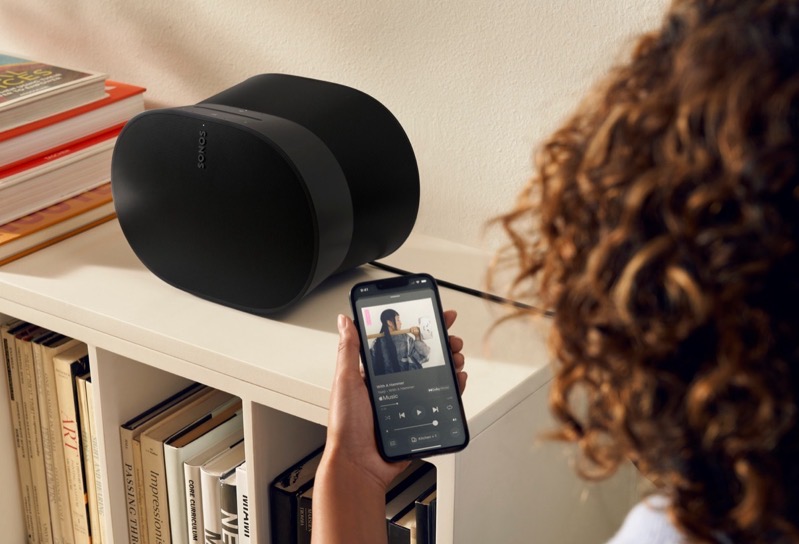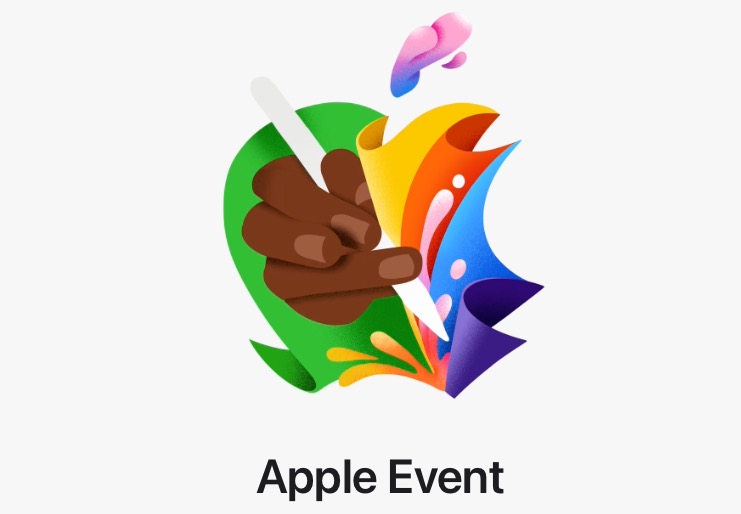
Backbone One PlayStation Edition Review
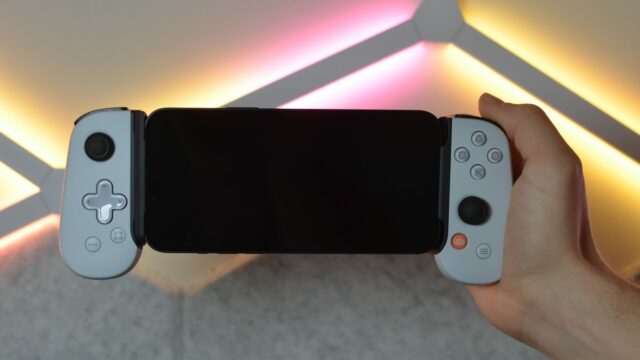
We live in an era where blockbuster gaming doesn’t have to exist purely on a console or a PC. While mobile games have long been supported, the contemporary era of gaming sees AAA games available on an iPhone or a Pixel device. Much of this is largely thanks to cloud gaming or remote play possibilities. With this in mind, the Backbone One is a leading piece of hardware for mobile gaming.
The market is chock-full of supplemental controllers that attach to your phone. Taking a look online, you’re able to find comparable controller solutions across both iOS and Android. Using these, you can adopt a control scheme similar to Xbox and PlayStation when jumping into your favourite games. With so many options available, it’s important to look at build quality as well as pricing. After spending time with Backbone One, I can confidently say that the company exceeded my expectations.
I’ve long been a fan of the Razer Kishi. It’s the closest I’ve come to replicating that authentic console experience on a mobile device. However, since getting my hands on the Backbone One, I think that the forces behind Backbone do etch out the Kishi V2 in a few minor ways. For reference, Backbone offers both an Xbox and PlayStation 5-inspired Backbone One. Both directly pull from the design aesthetics of each brand and console. However, the layout and inputs remain the same. Each controller is available in Canada for $139.99.
Out of the box
The Backbone One ships with the controller, of course. As of this month, Backbone provides an Xbox Edition as well as a PlayStation Edition for both iOS and Android. It’s important to select which model you’d like as the input is expectedly different. The iPhone model supports a Lightning connector while the Android option has a USB-C input.
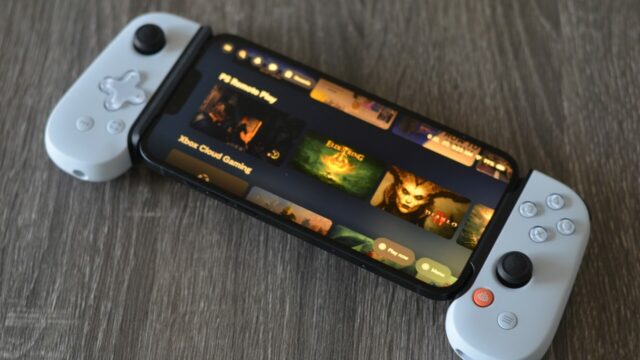
On top of the controller, you’ll find an adapter in the event that you have a larger phone. For instance, the iPhone 14 Pro’s camera does get in the way of the controller’s adjustable crossbar. To not damage the lens, Backbone includes an easy-to-use sliding adapter which raises the top of the phone away from the bar. Additionally, the Backbone One’s packaging includes a Quick Start guide and safety sheet.
Using the Backbone One – PlayStation Edition, the controller sports a design similar to the DualSense. Working with PlayStation, Backbone has adopted many of the design elements from the PlayStation 5’s controller. It sports a white and black colour scheme. The PlayStation’s cross, square, triangle, and circle are all represented on the face buttons. The shoulder buttons and triggers are even dubbed L1, R1, etc. There’s a lot going into the PlayStation Edition to make it feel like a natural extension of the PlayStation ecosystem. The controller also includes a capture button as well as the Backbone button to easily navigate to the first-party app.
However, what really breaks my brain each time I look at it is the asymmetrical thumbsticks. When the Backbone One originally launched, it debuted with an Xbox-inspired design. Thus, it adopted the asymmetrical layout. When providing a PlayStation option, the company retained that design. While I myself do prefer this layout, there’s a short circuit every time I look at it.
Loading into the Backbone app
Using the Backbone One is fairly straightforward. First off, you must install the Backbone app on iOS or Android. This serves as the main hub for the platform. Here, you’ll find compatible apps such as Xbox Cloud Gaming and PlayStation’s Remote Play access.
A really nice perk is that Backbone includes quick-select tabs for popular games on each platform. For instance, under ‘PS Remote Play’, you can select from Resident Evil 4, Elden Ring, Diablo 4, etc. Of course, any game played via PS Remote Play must be purchased and installed on your PlayStation 5 console. The app also translates all inputs to the PlayStation face buttons so you’re not left doing the work on your own.
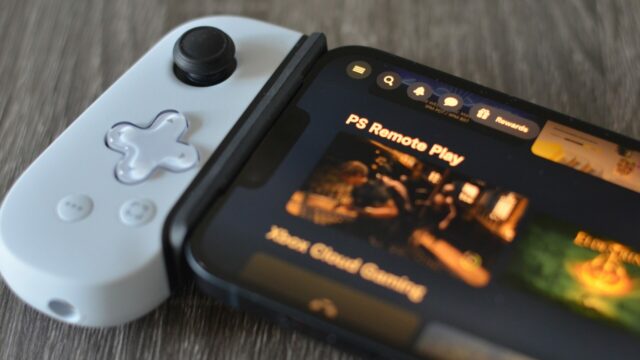
Xbox Cloud Gaming, on the other hand, offers a number of titles via Xbox Game Pass. As long as you have an active subscription, access is unlimited to compatible games. The Backbone app highlights a number of popular games including Minecraft Legends, Halo Infinite, Forza Horizon 5, and more. Selecting any of them will have you sign into your Microsoft account prior to launching the Xbox Cloud Gaming app and game.
There are also a ton of curated mobile titles listed. All support the Backbone One’s controller functionality. On iOS, Backbone lists games like Asphalt 9: Legends, NBA 2K22 Arcade Edition, Skate City, and more. Plus, smash hit titles like Fortnite are also supported by the controller and offer quick-launch access in the app.
The Backbone app also has a number of really create quality-of-life UI functions. As a Backbone user, you’re given your own username and friends list. There are some curated friends suggested like content creators Jack ‘CouRage’ Dunlop, Mashmello, etc. You can also find all captured screenshots and videos within the app as well that you can save and share on social media. Captures are made at 1080p at 60fps.
If you’re like me and primarily look at the Backbone for bringing your console games to your pocket, much of the app can feel overloaded. Captures, friends lists, and curated supported games don’t necessarily speak to me when I want to play Horizon Forbidden West when my TV is being used. The same can be said for using Xbox Cloud Gaming outside of the house via Wi-Fi. Plus, there’s an autoplay function for video thumbnails. I’m not huge into autoplay so this feature is a minor gripe of mine when using the app. However, it’s nice that it’s there for those who may want it.
Setup and use
I’ve been using the Razer Kishi V2 as well as other devices like the Turtle Beach Atom controller on a fairly consistent basis. Unlike cumbersome mobile controllers like the Turtle Beach Recon or SteelSeries Nimbus+, the Backbone One is sleek and compact. You can keep it on hand at a desk, pop it in a backpack or bag, etc. It’s also really lightweight. When contracted, the controller measures 3.7 x 6.94 x 1.28 inches.
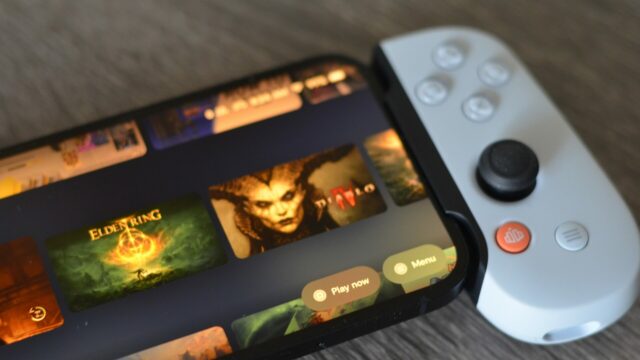
Both the Kishi and Backbone One share the same conceptual setup. You must take the phone out of its case, extend the controller over the phone and plug it into the charging port. The Backbone One runs via the phone’s battery so no need to charge it. Thankfully, there is a passthrough for charging. This way, you don’t have to interrupt your gameplay for a quick charge. I was also surprised to discover how little battery the controller uses, even during longer play sessions. Additionally, there is a 3.5mm audio jack which can be used for a wired-in experience if you don’t use Bluetooth.
The Backbone feels very good! Of course, your gameplay experience largely relies on the type of game you playing, the latency, connection, etc. Aside from the variables that internet connectivity provides, the controller itself and its performance are rock solid. The thumbsticks offer just enough resistance. The face buttons are tactile and clicky in a good way. Unfortunately, I wanted a bit more out of the D-pad. It works perfectly well but doesn’t have that satisfying response while playing. Thankfully, the Backbone One has minimal input latency. Depending on the game, that may translate better than others. However, even in competitive games like Fortnite, you do always feel in control and able to stand toe-to-toe with other players.
Final thoughts
If you’re in the market for a mobile controller whether to play PlayStation 5 games through Remote Play, cloud games, etc. Backbone One should be on your radar. By far, this is the closest I’ve seen a gaming peripheral raise the bar on quality within the smartphone market. Whether you’re looking for an iOS or Android model, I don’t think you can go wrong with this device.
I do actually prefer the PlayStation 5 Edition over the standard Xbox One model. Only because the white colour scheme pops a little more. The PlayStation face buttons are a nice added touch as well. The only thing you may need to look past is the offset thumbsticks. Though, the trade-off of having a low-latency, high-quality mobile experience is worth it.
